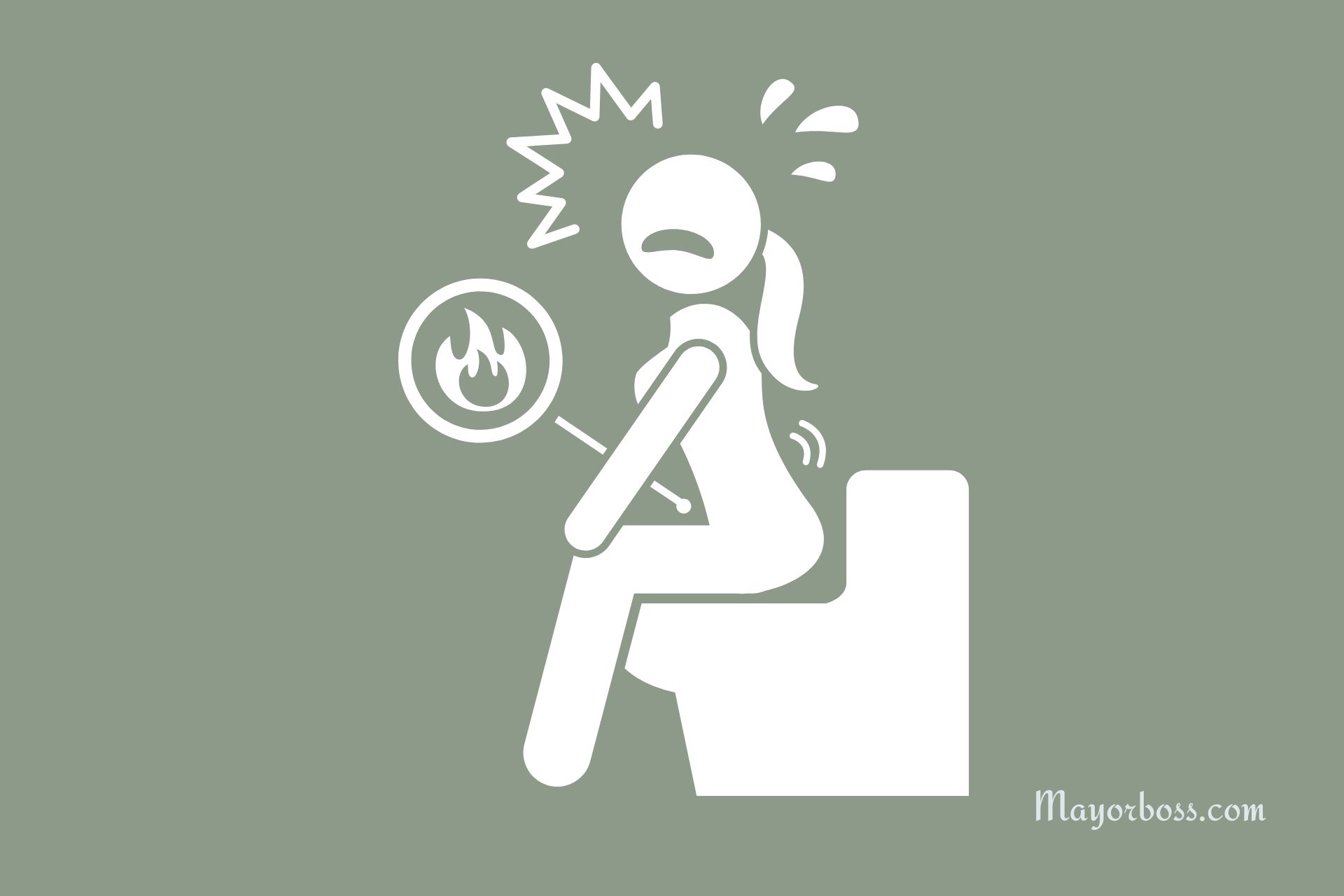Blood Sugar 116: Is It Normal? What This Number Means
Have you ever wondered about your blood sugar levels and what they mean for your health? If you’ve recently had a blood sugar reading of 116, you might be curious about whether this is a cause for concern or perfectly normal. Understanding your blood sugar levels is crucial, as it helps you manage your health effectively and take action if needed. So, let’s break down what a blood sugar level of 116 means for you.

Understanding Blood Sugar Levels
Before we dive into the specifics of a 116 reading, it’s essential to grasp the basics of blood sugar levels. Blood sugar, also known as glucose, is the main sugar found in your blood. It comes from the food you eat and serves as a significant energy source for your body. Your blood sugar levels can fluctuate throughout the day based on several factors, including your diet, physical activity, and overall health.
Is 116 a Normal Blood Sugar Level?
A blood sugar level of 116 mg/dL can be seen in different lights, depending on when the measurement was taken. Generally, blood sugar levels are categorized as follows:
- Fasting Blood Sugar: Measured after not eating for at least 8 hours. A normal range is between 70 and 99 mg/dL.
- Postprandial Blood Sugar: Measured approximately 2 hours after starting a meal. A normal level is usually under 140 mg/dL.
Therefore, if your blood sugar level is 116 mg/dL after fasting, it’s slightly higher than the normal range, indicating a potential risk for prediabetes. However, if this reading is from a postprandial test, it falls within the normal range, suggesting your body is managing blood sugar effectively after eating.
What Does a Blood Sugar Level of 116 Mean?
- After Fasting: A reading of 116 mg/dL suggests you may be in the prediabetes range, which implies your blood sugar levels are higher than normal but not high enough to be diagnosed with diabetes. It’s a sign to take proactive steps towards managing your blood sugar through diet, exercise, and possibly consultation with a healthcare professional.
- After Eating: A reading within this range is considered normal, showing your body is handling glucose effectively. Nevertheless, it’s important to continue monitoring your levels and maintain a healthy lifestyle to ensure they remain within a healthy range.
Managing Your Blood Sugar Levels
If you find your blood sugar levels are higher than they should be, there are several strategies you can employ to bring them back to a normal range:
- Healthy Diet: Consume a balanced diet rich in whole grains, lean proteins, fruits, and vegetables. Restrict your intake of processed foods, sugary snacks, and beverages.
- Regular Exercise: Engage in regular physical activity. Aim for at least 150 minutes of moderate aerobic exercise or 75 minutes of vigorous exercise per week.
- Monitor Your Blood Sugar: Keep track of your blood sugar levels regularly to understand how different foods and activities affect you.
- Consult a Healthcare Provider: If your blood sugar levels are consistently higher than normal, it’s wise to seek advice from a healthcare professional. They can provide personalized guidance and, if necessary, medication to help manage your levels.
Frequently Asked Questions
- What causes blood sugar to rise to 116? Blood sugar levels can rise due to factors like diet, lack of exercise, stress, or an underlying health condition. Even healthy individuals can experience fluctuations throughout the day.
- Should I be worried about a blood sugar level of 116? While it’s not immediately alarming, it’s important to monitor your blood sugar levels and maintain a healthy lifestyle to prevent potential health issues.
- Can a blood sugar level of 116 be lowered? Yes, through dietary changes, increased physical activity, weight management, and, if needed, medication, you can lower your blood sugar levels to a healthier range.






